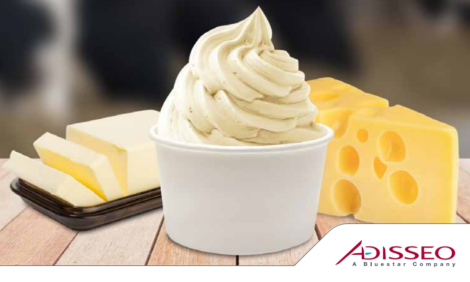



Five steps to simplify genetic testing sample collection and submission
Zoetis Beef Genetics, Kori Soutter guides customers in the step-by-step process of genetic testingAs commercial cow/calf producers drive through their pastures evaluating their spring calf crop and contemplating which heifer calves will make the short list of future herd replacements, now is the time to think about genetic testing. Genetic testing is a practical, proven tool that provides dependable genetic predictions and actionable insights about individual animal performance. In situations where resources are limited or herd inventories need to be tightly managed, information from genetic testing can be used to confidently confirm pasture observations and to inform and validate selection, breeding and marketing decisions.
As a genetics sales representative with Zoetis Beef Genetics, Kori Soutter guides customers in the step-by-step process of genetic testing their cattle and sends producers the sampling equipment they need.
“While working with customers, I’ve learned that collecting tissue samples to submit for genetic testing is half the battle, and a critical first step toward unlocking powerful insights,” Soutter said. Whether producers are ready to jump into genetic testing with two feet, or still exploring the possibilities, Soutter explained that it’s never too soon to collect tissue samples and offered five key considerations for simplifying genetic testing sample collection and submission.
1. Keep sampling supplies at the ready
Having the necessary supplies on hand to collect tissue samples enables producers to grab samples when they’re handling cattle. For cow/calf operations, the best times are at birth, weaning, while vaccinating or during branding season. Order tissue sampling units (TSUs) and applicators today so you have the supplies you need the next time you work cattle.
2. Know what a successful sample looks like
The best way to take a tissue sample is to collect the sample from inside the hairline, about an inch from the edge of the animal’s ear. Simply squeeze the applicator and take the sample. After collecting the sample, make sure there is tissue in the vial and the vial is closed. This will help visualize if a successful sample was collected.
3. Match the TSU barcode with the animal ID for each sample
Each TSU comes with a unique barcode. For each sample collected, write down the ID of the animal sampled to match the sample barcode. This information must be included on the order submission form (in addition to gender, breed and an estimated birthdate) in order for the samples to go through the lab successfully.
4. Store samples in a cool, dry place
After samples are collected, you do not have to put them in the refrigerator or freezer. Simply store the samples in a cool, dry place after collecting them. Putting all the animal data in the order form could take a little bit of extra time and it may be a few days before you are able to ship them back to the lab. A critical point is to make sure none of the TSU vials are cracked or leaking.
5. Prepare samples for shipping
One of the most common questions customers ask is, “How do I send in my samples?” Soutter recommends putting the samples in a sealed plastic bag, placing them in a box and padding the samples with tissue paper or paper towels to protect them from extra movement during transport. Don’t forget to place the completed order form on top of the samples inside the shipping box and always ask for a tracking number.
Ongoing Support from Zoetis
“From sampling support from sales representatives to the team of beef genetics experts helping interpret results and developing actionable insights for your herd, Zoetis is there to help producers have a successful genetic testing experience,” Soutter said.
Regardless of operation size or goals, producers can implement genetic testing to help build an efficient and profitable herd by using genetic testing insights to speed up genetic progress for future calf crops. Having the tools on hand to genetic test is the first step in making better breeding and selection decisions to build a better herd.
Zoetis offers support and resources to help producers select the right genetic test, determine which heifers to test and develop best practices for sample collection and submissions. Visit BeefGenetics.com and click on “book a call” to schedule time with a Zoetis rep to learn more.



